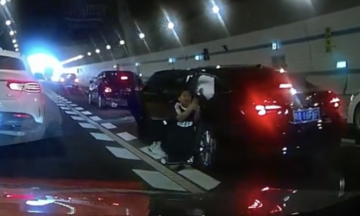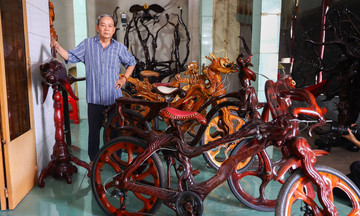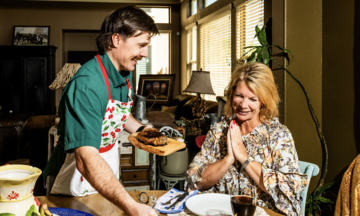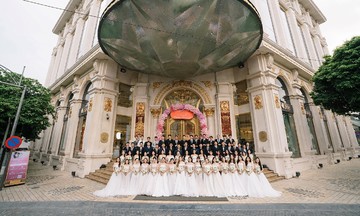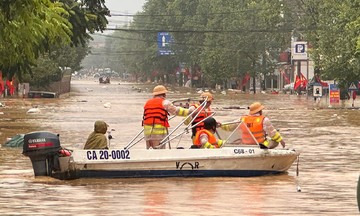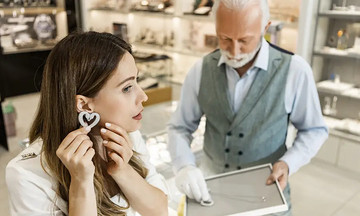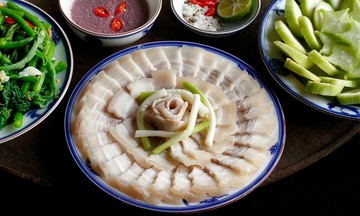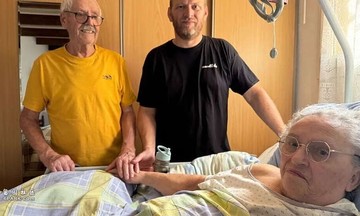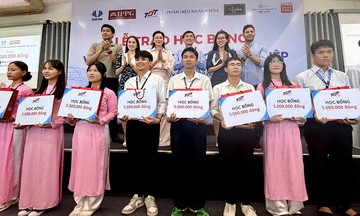In July 1965, young engineer Pham Gia Nghi, a fresh graduate of Hanoi University of Science and Technology, received his "military service summons" signed by Hanoi chairman Tran Duy Hung. 300 other engineers from Hanoi University of Science and Technology, along with 300 engineers and graduates from Hanoi University of Agriculture I and Hanoi National University, joined him.
After completing his training, second lieutenant Pham Gia Nghi and 25 others in the "engineer company" were assigned to the Vehicle Management Department (now the Department of Vehicles and Transportation, General Department of Logistics and Technology, Ministry of National Defense).
In 1966, hundreds of "fire coordinates" appeared along the strategic Ho Chi Minh trail due to relentless bombing by the US Air Force. During the day, even well-camouflaged convoys were exposed by road dust. Switching to night travel, the vehicles' headlights made them targets. Camouflage lights made by foreign countries, or improvised ones fashioned from condensed milk cans by the troops, all had drawbacks. Crossing streams would damage the lights, and climbing slopes would send the light skyward, signaling their position to the enemy.
"The losses were extremely heavy. Some transport units were reduced to a quarter of their vehicles when they reached the battlefield," said 85-year-old Pham Gia Nghi, residing in Thuy Khue, Hanoi.
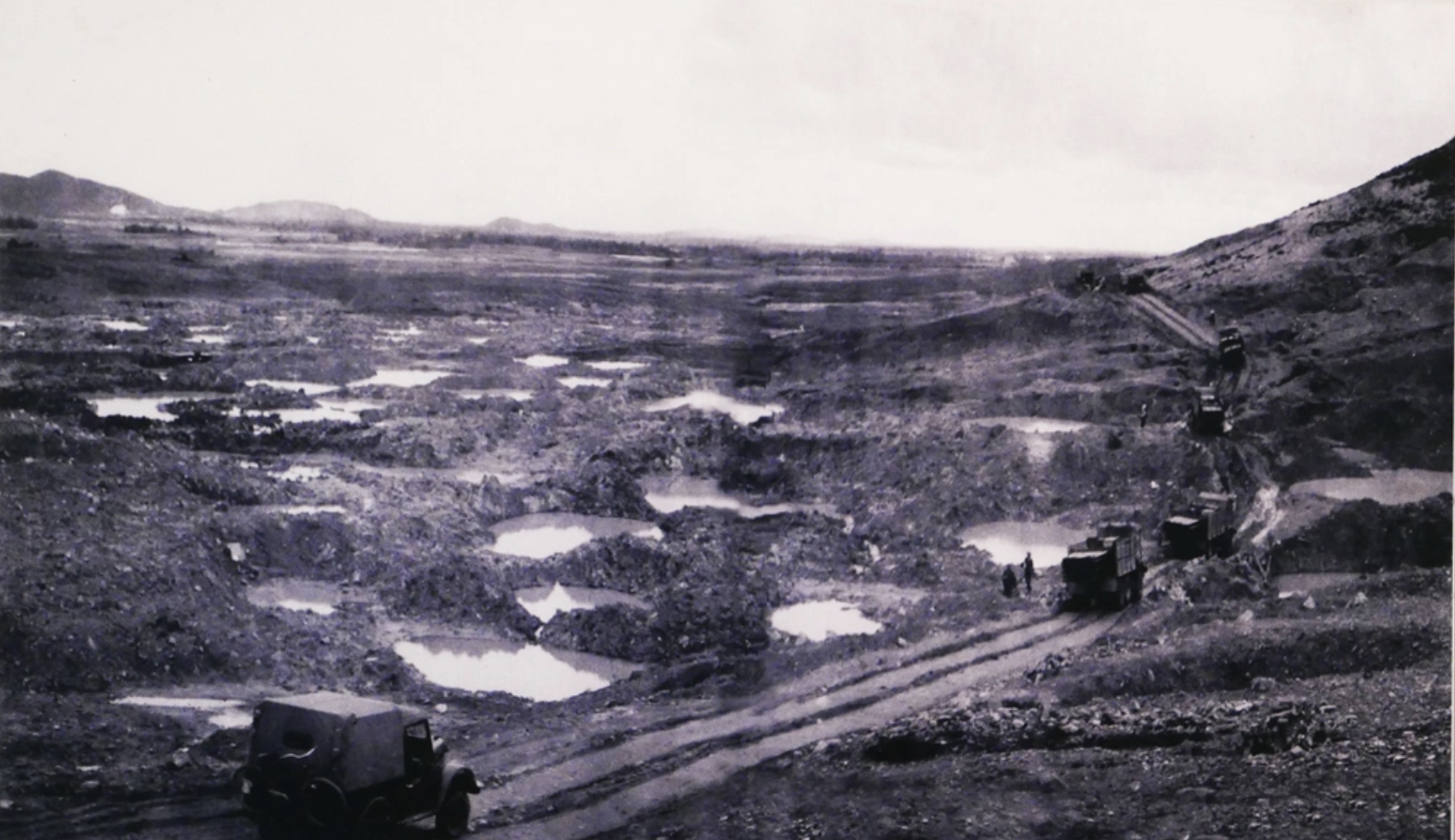 |
Convoys from the north moved through areas dense with bomb craters at the Dong Loc T-junction (Ha Tinh), entering the Ho Chi Minh trail to provide reinforcements and supplies to the southern battlefield during the American War. Photo: Ho Chi Minh Trail Museum
In March 1966, the Ministry of National Defense received a letter from a driver in Unit 559. He had been wounded and lost both legs. In his letter, he wrote about his physical pain, but more importantly, about the losses of his comrades. He urgently requested the development of a suitable light to prevent further casualties. The soldier also sketched a design for a lamp without a reflector, using a small bulb and a downward-facing shield.
This heartfelt letter reached the highest leaders of the General Department of Logistics. In early July 1966, a special research group, codenamed "C35," was formed. 26-year-old engineer Pham Gia Nghi was appointed as the leader, with the directive: Create a lamp that can blind enemy aircraft while providing enough light for safe driving, ensuring uninterrupted transport.
The project was under the direct supervision of Vehicle Management Department director, engineer Vu Van Don, deputy head of the Technical Department, engineer Tran Van Hai, and head of the General Department of Logistics Dinh Duc Thien, along with Professor and deputy head of the General Department of Logistics Tran Dai Nghia.
Nghi and the research team diligently examined all existing camouflage lights. During the day, they pored over blueprints. At night, in a sealed metal garage in Hanoi, they measured and experimented. Every solution, from Soviet and Eastern European lamps to tank infrared visors, was tested, but none yielded results.
Project C35 seemed to reach a dead end until valuable information arrived from the battlefield: On full moon nights, drivers could navigate safely without headlights.
"I realized I had to find a way to create a moonlit-like illumination for every night," Nghi said.
After three months of research, the final design emerged. A compact, metal box-shaped lamp with a curved top shield resembling a turtle shell. The lamp used an optical system consisting of a parabolic reflector and a glass slit containing small, vertical, parabolic lenses, 5 mm wide. This system created parallel beams of light, providing illumination 15-25 m long and 4 m wide, but the light source was invisible from the front or above. The entire lamp was housed in a sealed box with rubber gaskets for water and vibration resistance.
The result of Project C35 was officially named the "Camouflaged Light for Vehicles" by Nghi. But on the battlefield, the drivers, seeing the lamp's resemblance to a turtle shell, simply called it the "turtle lamp." The name became legendary, synonymous with the phrase "lifesaver turtle lamp."
At the end of November 1966, the first two prototype lamps were ready for life-or-death trials.
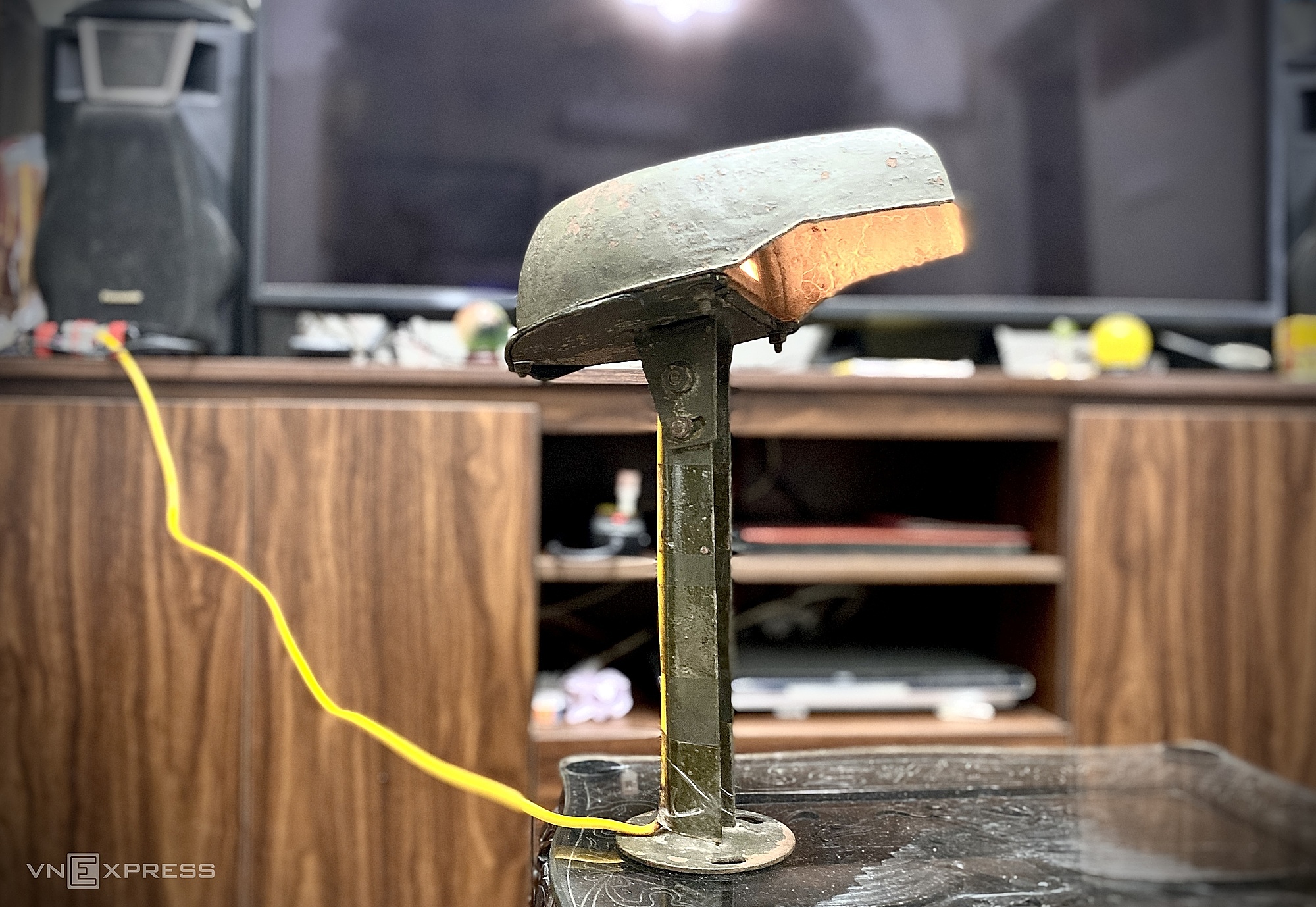 |
A 1967 turtle lamp displayed by engineer Pham Gia Nghi at his home in Hanoi. Photo: Quynh Nguyen
The first test took place in the mountainous region of Ba Vi (Hanoi). Ten lamps were installed on 10 vehicles, driving in convoy in the dark. Above, a military aircraft circled, carrying a high-ranking inspection team led by Major General Tran Dai Nghia.
Inside the aircraft, the atmosphere was tense. All eyes were fixed on the pitch-black space below, trying to detect any sign of light. Two hours passed in silence. Below, the convoy silently traversed steep slopes and treacherous passes. From the radio, the pilot's voice rang out: "Report: Only oil lamps observed in the camps. No light detected from the target vehicles!"
"On the ground, when we received the news, my colleagues and I hugged each other and shouted: 'Success! We've answered the call from the Ho Chi Minh trail!'," Nghi recalled the ecstatic moment.
The success in Ba Vi was a major boost, but the real battlefield was the ultimate test. The "turtle lamp" had to be proven in the "fire coordinates."
"As the inventor, I had to be there to personally test my 'child' in the harshest conditions," Nghi explained his decision to go to the battlefield.
In the days leading up to the 1967 Tet holiday, young engineer Pham Gia Nghi led a survey team of 6 officers and engineers, carrying 10 lamps, along Routes 15 and 20 into the Ho Chi Minh trail.
At night, the convoy switched off all headlights, navigating only by "turtle lamps." Overhead, the roar of enemy aircraft was incessant. Several times, the entire convoy held their breath as enemy planes swooped down, dropping flares. But the convoy, like phantoms, continued to move forward. Ground checkpoints continuously reported the vehicles' coordinates to the Ho Chi Minh trail Command, but the enemy showed no reaction.
The "turtle lamp" had truly blinded the enemy.
Immediately after the successful test, mass production of the turtle lamp was ordered. A general mobilization of factories took place. The Hanoi Mechanical Factory made the lamp bodies, Rang Dong produced the bulbs, Sao Vang Rubber made the gaskets, and the army's Z157 and Z117 factories handled the final assembly.
Thanks to the invention of these scientists in soldiers' uniforms, tens of thousands of vehicles carrying weapons and food safely reached the south, minimizing casualties and contributing decisively to the victory on the strategic Ho Chi Minh trail supply line.
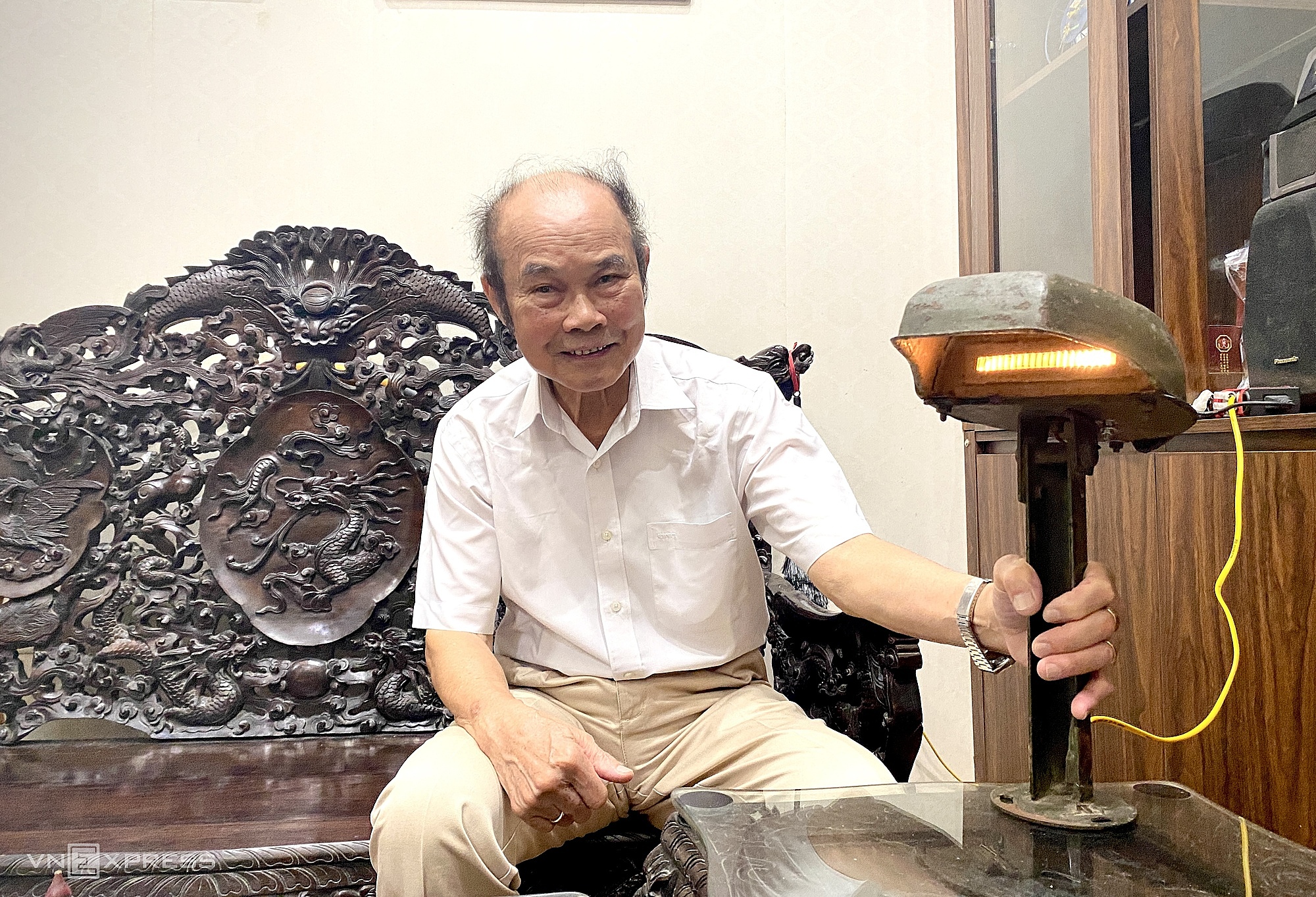 |
85-year-old engineer Pham Gia Nghi and a 1967 turtle lamp. Photo: Quynh Nguyen
Due to its secrecy, engineer Pham Gia Nghi's research, design, and creation of the Turtle Lamp was not awarded the State Prize for Science and Technology until 2005.
In addition to the "turtle lamp," engineer Pham Gia Nghi made other significant contributions during the American War, such as researching, designing, and manufacturing the BTR-40 armored vehicle for destroying magnetic bombs and magnetic bomb disposal boats (1968); researching, designing, and manufacturing Ap Bac motorcycles for communications troops (1970-1971); and researching, designing, and manufacturing Truong Son vehicles (1972-1975). Notably, his work on "Research, design, manufacturing, and localization of spare parts for military vehicles from 1965-1990" was awarded the State Prize for Science and Technology in 2000.
"I didn't create to receive awards or recognition, but simply to contribute my part, minimizing sacrifices for my comrades," he confided.
Quynh Nguyen



